Wednesday, July 20,
The latest consensus update in 2022 by the International Wound Infection Institute (IWII), which issued an expert consensus on best management practices for wound infection as early as 2016, can be downloaded from its official website.
https://woundinfection-institute.com/resources/
The IWII has developed a conceptual framework for its theory on wound infection management, a model for the evolution of wound infection, and guidance on management to better understand the impact of microbes on patient wound healing and to evaluate therapeutic wound care.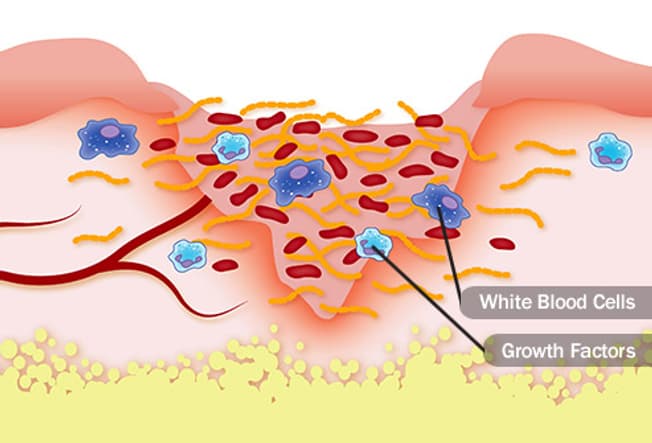
Wound blotting is another emerging point-of-care technology that successfully utilizes wound staining to visually "mapping" biofilms on the wound surface. 376-378 Wound blotting uses a cationically charged nylon or nitrocellulose patch that is pressed into the chronic wound bed for one minute and then stained with a cationic dye to selectively detect and localize negatively charged biofilms in mature biofilms located on the surface of the chronic wound bed—charged outer polymer matrix. Residual biofilm staining after wound debridement has been shown to predict the formation of shedding and failure of wound healing in the following weeks. A recent clinical study further corroborates this 'biofilm wound map' technology New and emerging wound infection management strategies Research and experience with antibiotic coating agents, including nanoparticles, antimicrobial peptides, and bacteriophages, continue to progress. Nanoparticles are nanoscale particles that occur naturally, or that can be synthesized to achieve a specific purpose. Use them to destroy microbes. Nanoparticles are being explored to treat wound infections due to their bactericidal properties (such as silver, copper, and other metal nanoparticles) and their potential as drug delivery systems to introduce other active substances into microbial cells. Current research is exploring nanoparticle-based delivery systems, including an expert consensus-based tool that can help us understand microbial processes and clinical manifestations in wounds. As the bioburden of the wound increases or decreases, the severity of wound infection changes, so the clinical management methods we take must be constantly adjusted, upgraded, or downgraded. At present, this wound infection evolution model has been promoted around the world and gradually accepted by everyone. To learn more, you can also go to the IWII official website to download it.

 English
English عربى
عربى Español
Español русский
русский 中文简体
中文简体






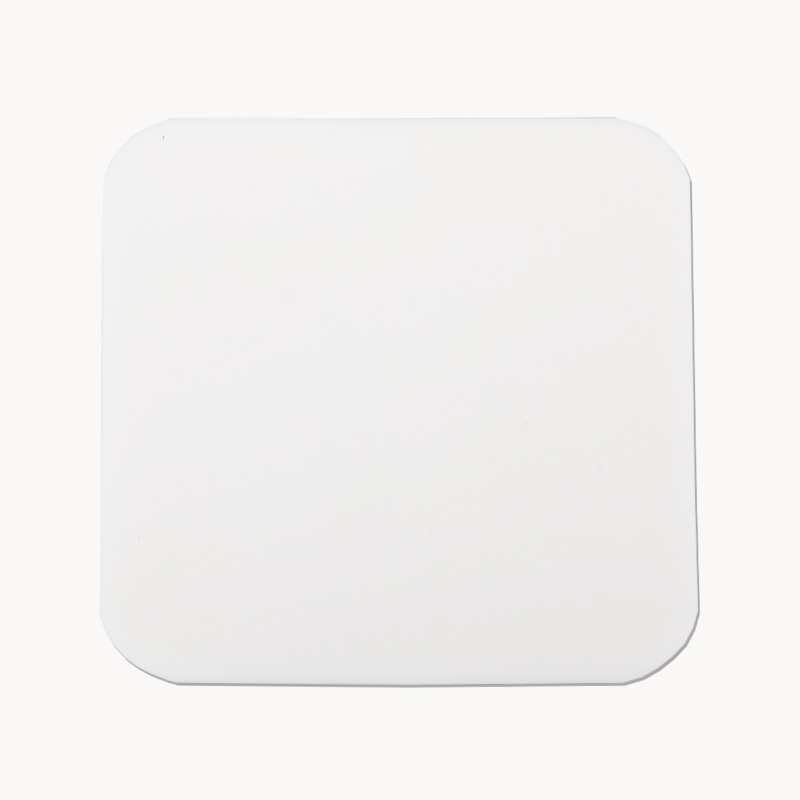
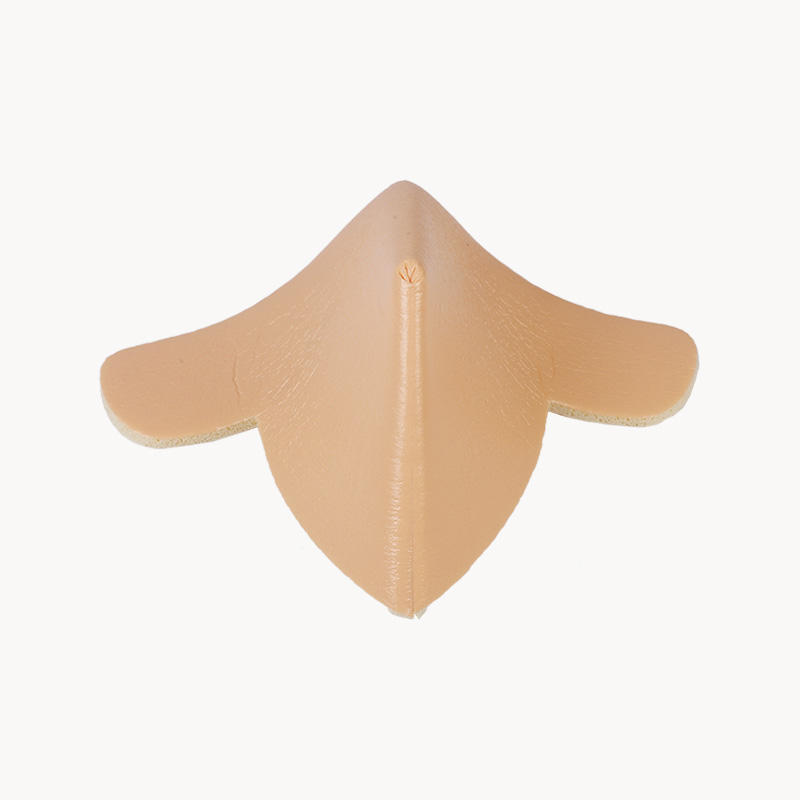
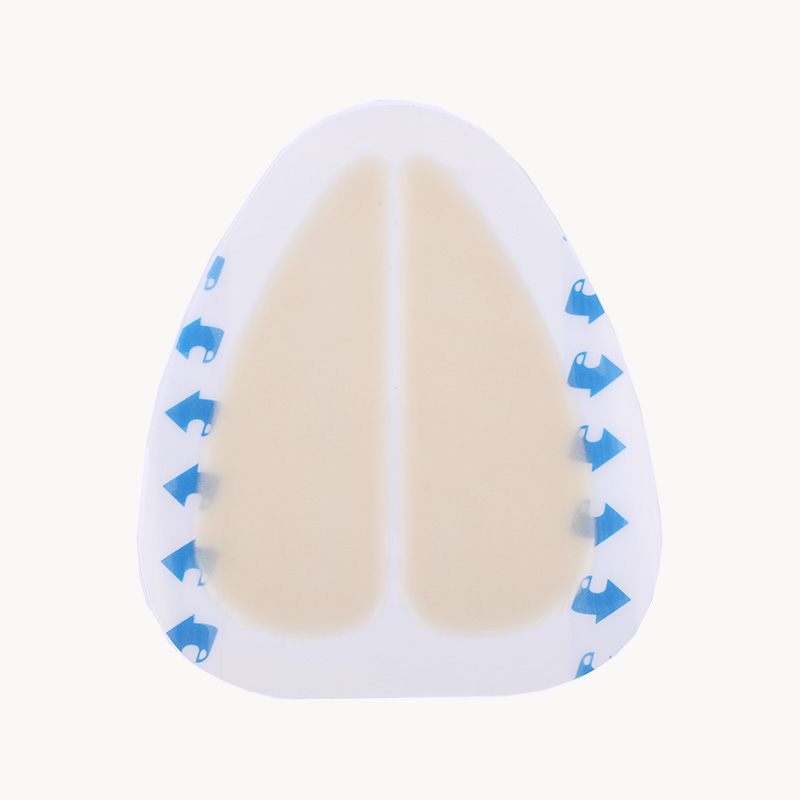
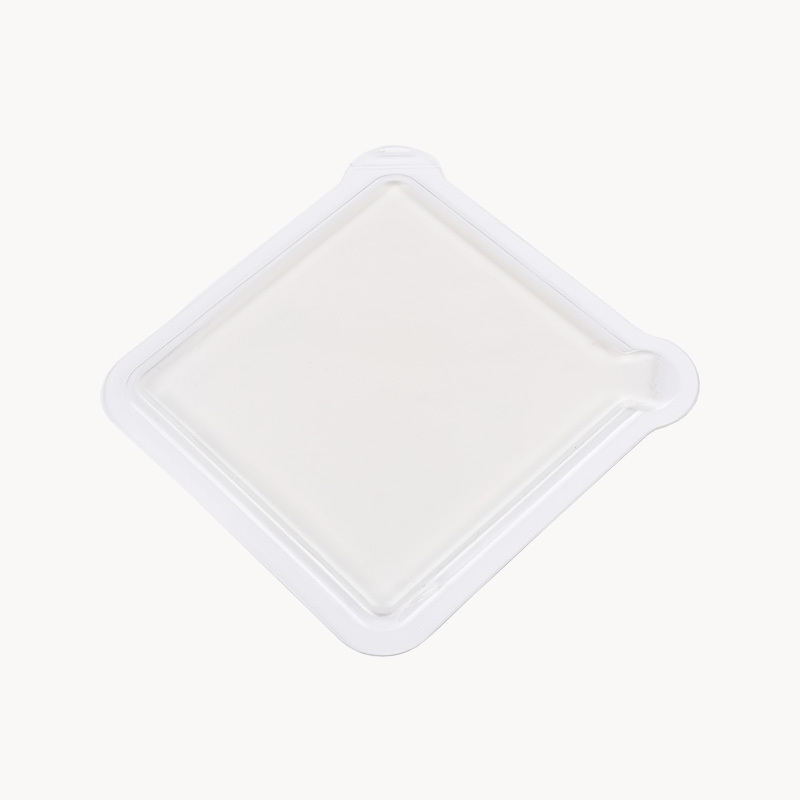
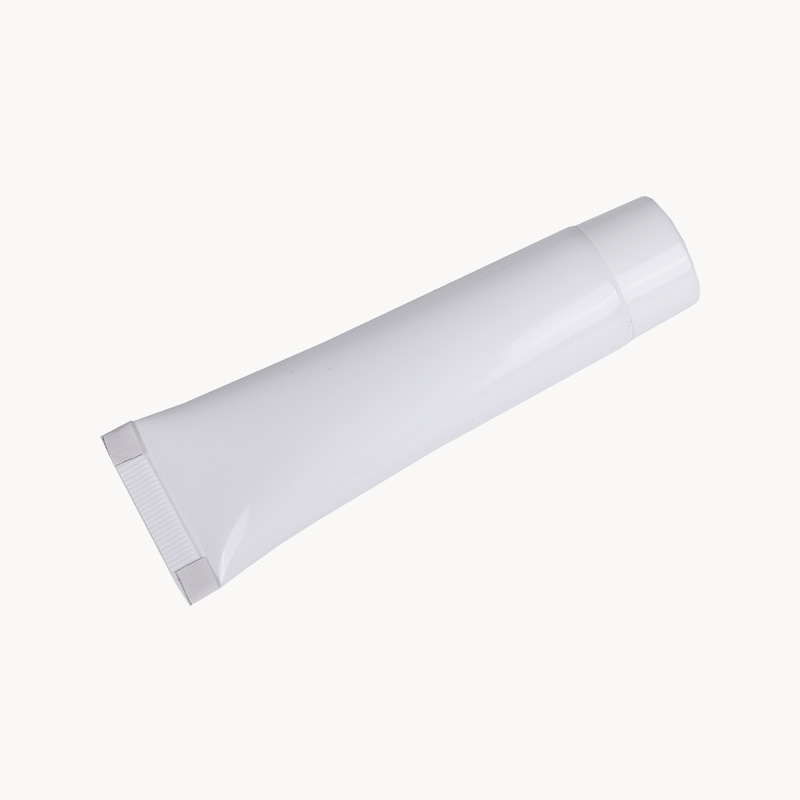
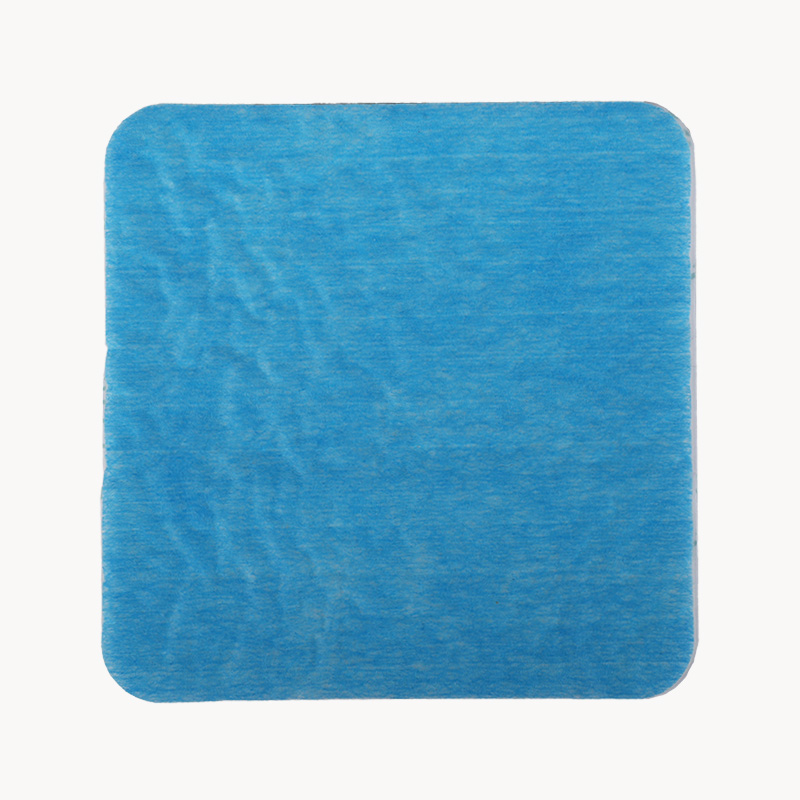
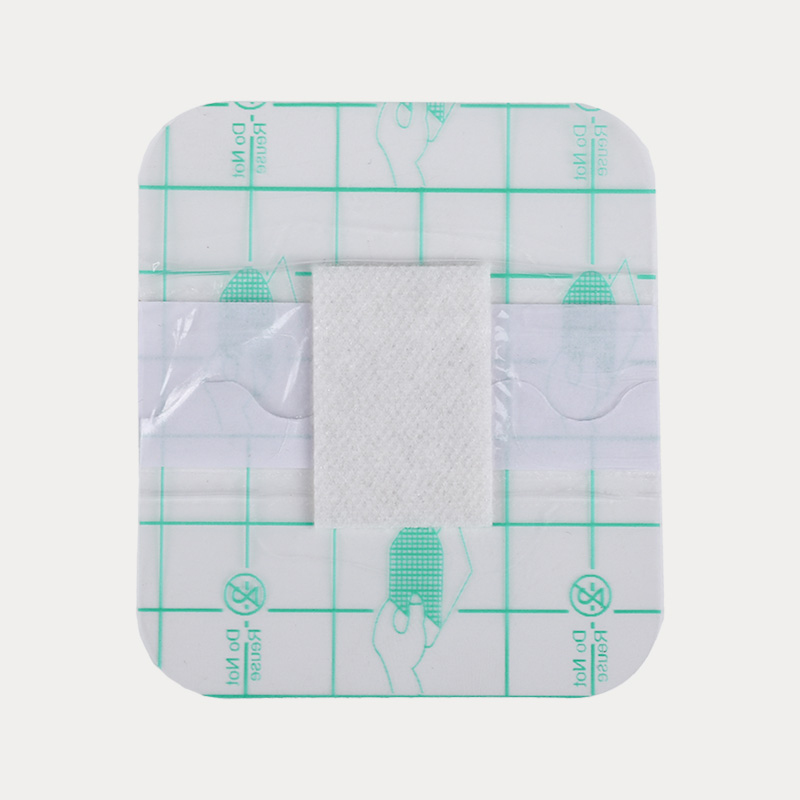
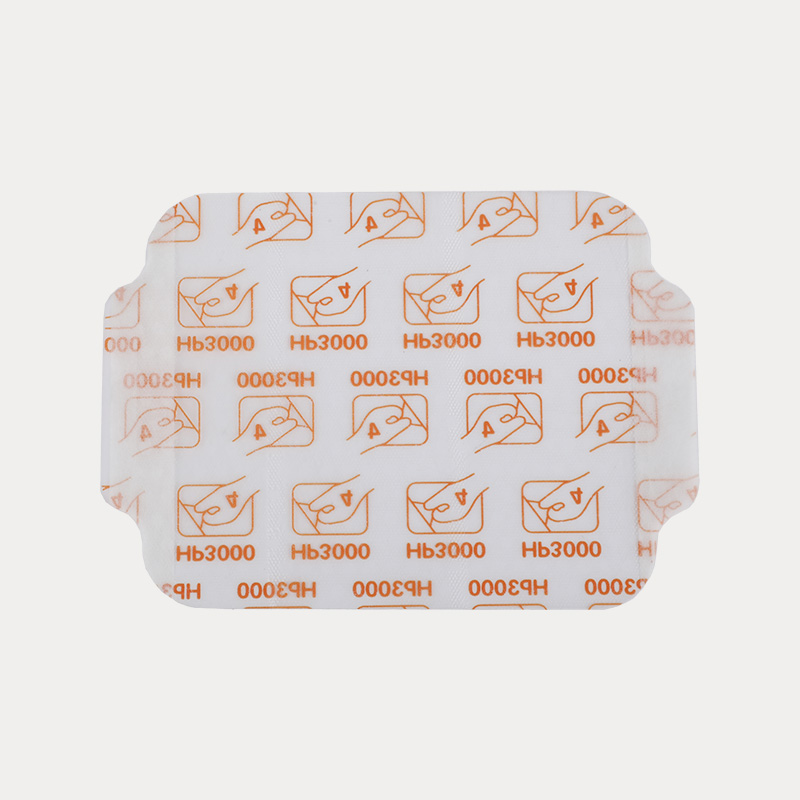
.jpg.png)
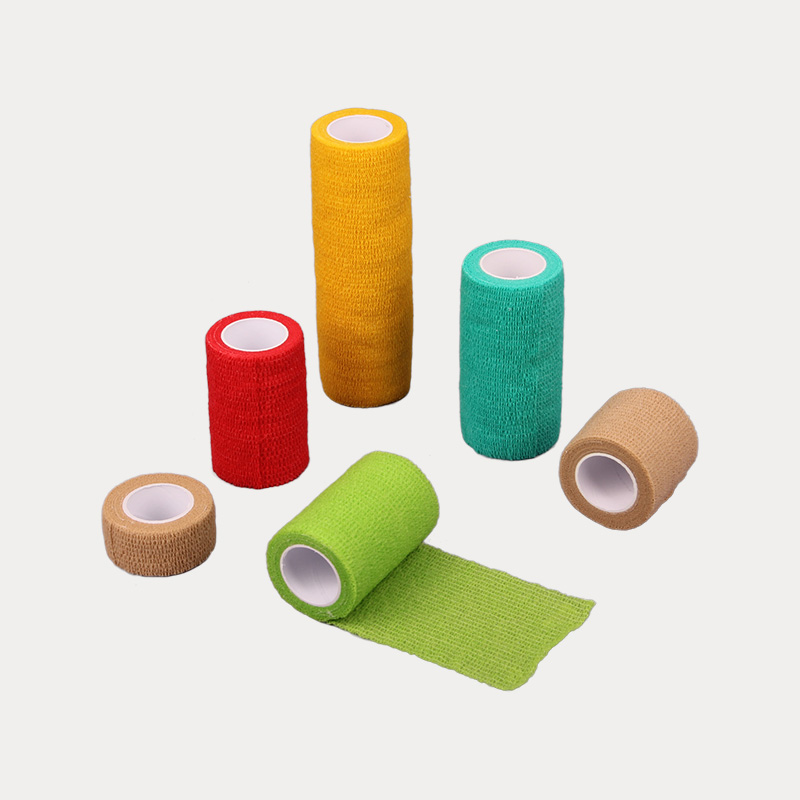
.jpg.png)


